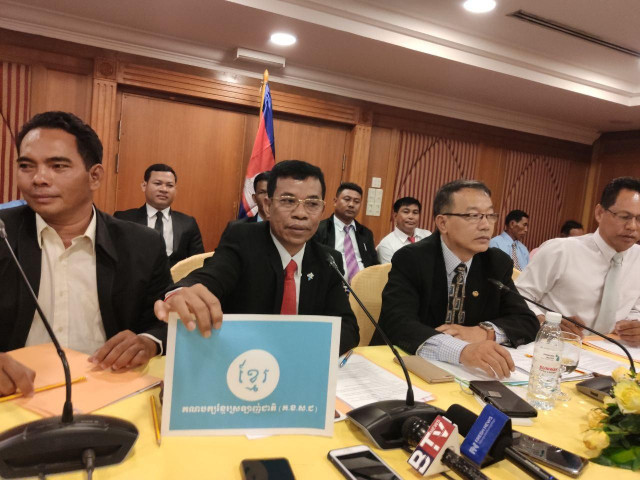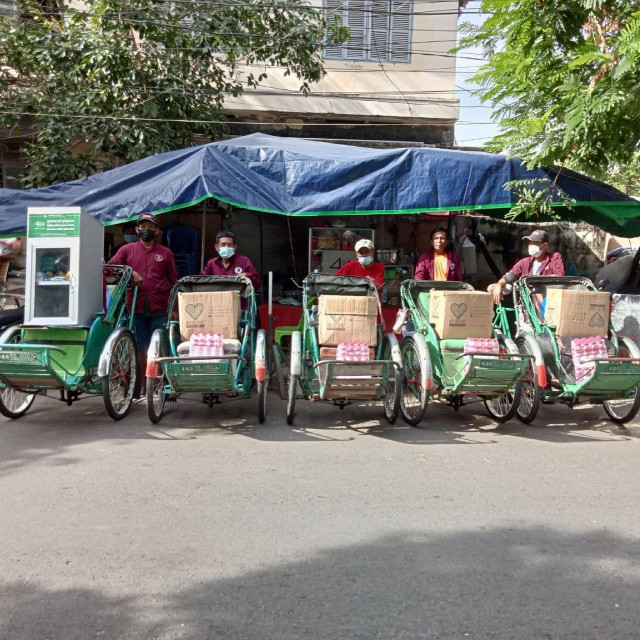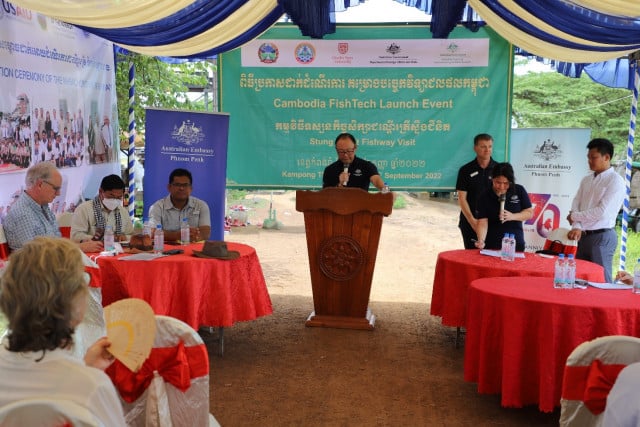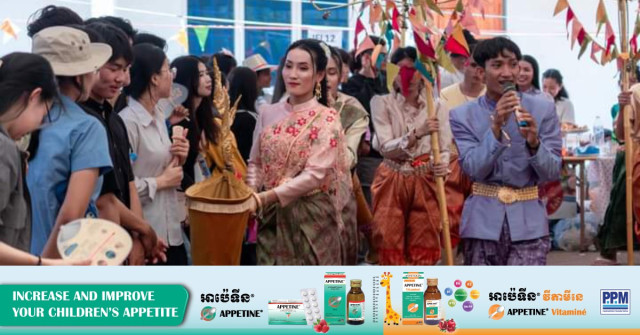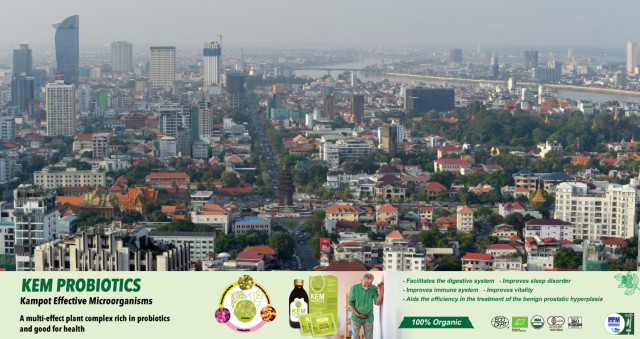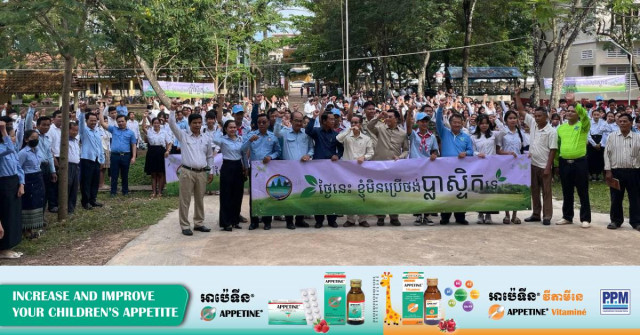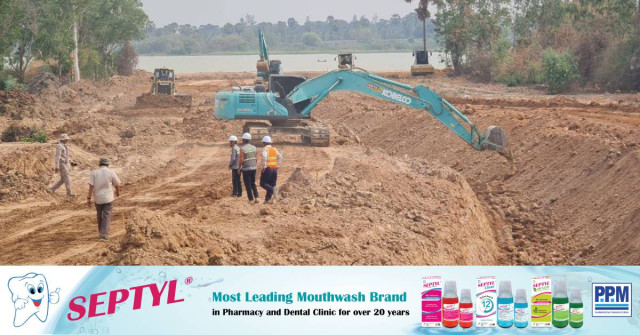Green Season, Not Rainy Season: Why Language Matters for the Tourism Sector
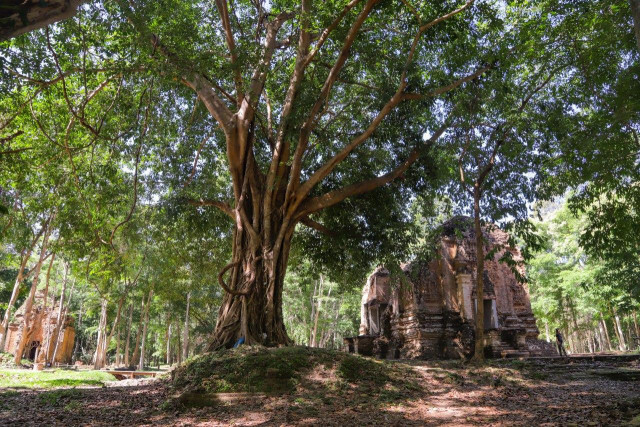
- Lim Tola
- June 29, 2020 4:23 AM
There has long been the vernacular among Cambodia’s tourism professionals that each year is split into two seasons; high and low. The high season, when tourist numbers are at their peak, typically comes to an end when the rain clouds grow heavy over Cambodia and the air becomes thick with anticipation of precipitation. Low season is heralded by the arrival of rainy season in Cambodia, where the near-daily downpours somewhat dampen the desires of would-be travelers and tourists, leading to a significant drop in tourism revenue for a series of months, but could a shift in the language we use to describe these seasons help to rectify the boom-bust nature of high and low seasons?
It is a tragic irony that Cambodia is at its most verdant and luscious during the rainy season—temples bloom with greenery, jungles surge forth and the oppressive heat is held back by the change in air pressure. The months of April to October are typically cooler, more pleasant and certainly easier on the eye as the vast rolling landscapes of Cambodia are nourished by the ensuing rain.
There are natural difficulties that arise with rainy season—for one thing, traveling becomes more challenging and few foreign tourists seem willing to risk what they may presume to be a washed out holiday. However, the seasonal challenges that Cambodia’s tourism faces are largely image-based. For many foreigners, particularly those with limited experience in Southeast Asia, rainy season conjures up images akin to Hollywood’s representation of the region. There is a widespread—and incorrectly held—belief that rainy season is months upon months of unbroken rainfall that simply rules out an enjoyable visit to many of Cambodia’s best-loved landmarks. Not only is this belief wrong, but it is damaging to the tourism industry and perpetuates the needless myth that Cambodia is only worth visiting for half of the year.
Again, the irony in all of this is that rainy season is by far the best time to visit Cambodia. Bearable heat, vast green landscapes and fewer tourists piling into attractions all make for a more pleasant experience when visiting, but conveying this is something that neither Cambodia’s government nor its tourism sector has been especially successful at.
Part of the problem is the language used; rainy season implies to those who don’t know better that they will spend two weeks or so getting wet while traipsing around Cambodia. While others have put forth this suggestion before, there is an urgent and pressing need to change “rainy season” to “green season” or something suitably similar.
The need for rebranding could not be more apparent. The Coronavirus Disease 2019 (COVID-19) pandemic has all but eliminated Cambodia’s tourism sector, with visitors down as low as 99.9 percent in certain months of 2020 when compared with the same months in 2019. Fewer than 5,000 tourists touched down on Cambodian soil in May 2020 and already thousands of Cambodians employed in the tourism sector are now jobless. One Angkor Wat tour guide confided that he had not taken a tour group out in three months, he was obliged to return to his hometown and muck in with the family farm.
Not only is this a waste of his talents as a tour guide, it’s a national waste of one of Cambodia’s greatest assets—the alluring beauty and charm that its wide-ranging landscapes exude. True, to make the most of “green season” more work will need to be done than simply changing the name. It will require a multi-pronged approach that addresses the infrastructure issues of Cambodia—particularly in the development of roads to connect those far-flung yet ever so beautiful parts of the country to the main tourism hotspots of Siem Reap and Phnom Penh—but it will also require a stronger approach to international branding and marketing. Neighboring Vietnam has achieved plenty in their ability to lure foreign tourists in with the promise of jungle adventures, tranquil waters and mystical landscapes. Cambodia has all of this and more, but for the time being is overly reliant on Angkor Wat, is failing to invest enough in developing secondary tourism destinations and has not yet diversified the tourism products that it could, with funding and training, offer to visitors.
The blight of 2020 will be a hard one to bounce back from, not just for Cambodia’s tourism sector, but the country as a whole. Resources will be stretched and so efficiency will be the name of the game when it comes to revitalizing pandemic-ravaged sectors. For tourism, one key area of development that needn’t cost the earth is changing perceptions of rainy season, promoting the benefits of traveling during what we now regard as “low season” and aiming to generate more consistent tourism figures all year round. The first step in this is to change the language we use and to think about the implications of the words we choose—green season will always sound more appealing than rainy season, unless you are a farmer or a duck.






